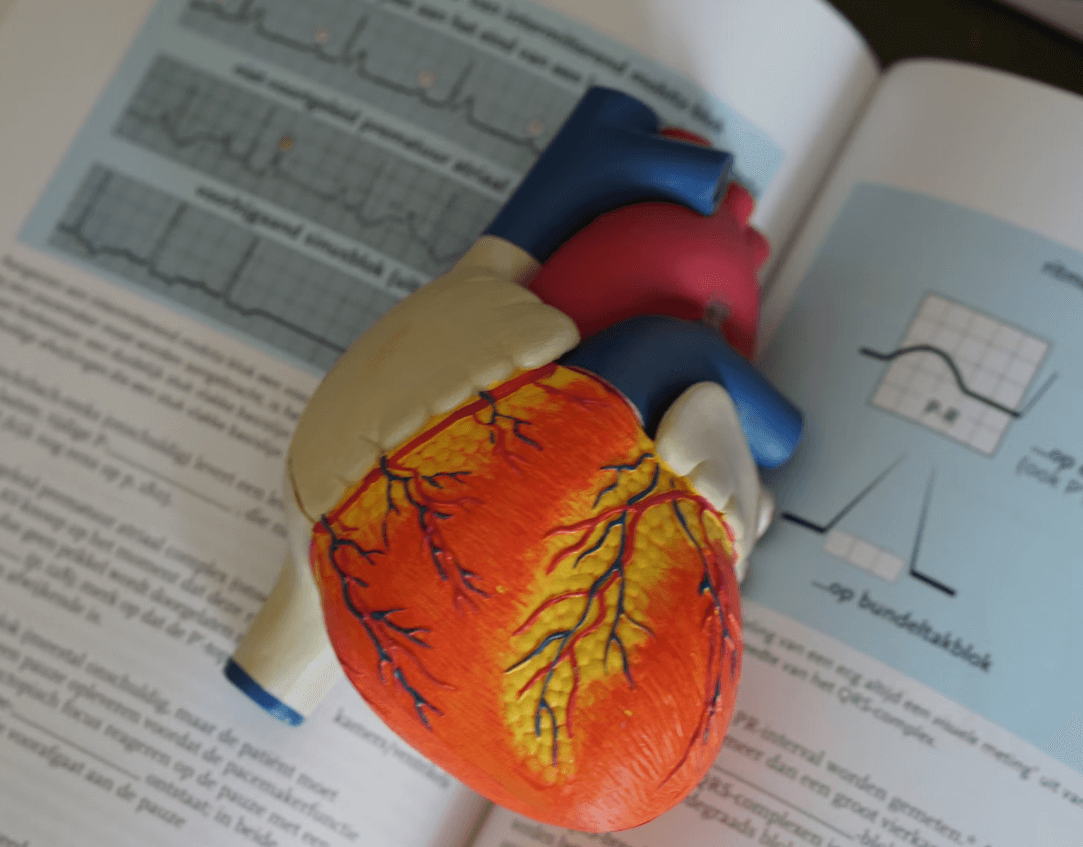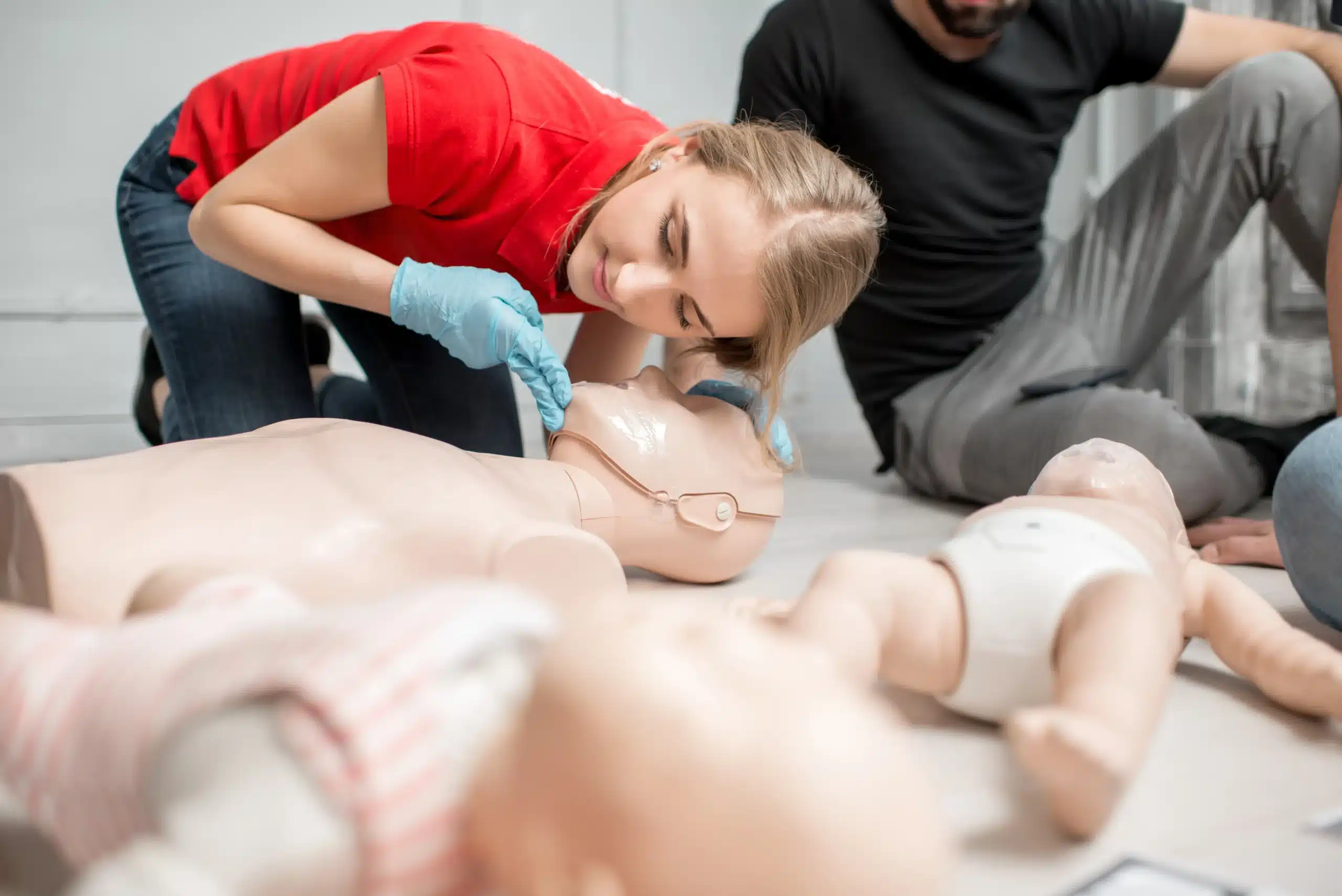The importance of workplace CPR and first-aid training cannot be emphasized enough. It is more than just a life-saving skill; it is the lifeline of safety in the workplace. Accidents and emergencies can happen at any time, and having employees trained in CPR and first-aid can make all the difference between life and death. This blog will explore why CPR and first-aid training are essential. You’ll learn how they benefit businesses and employees alike.
Understanding the Basics CPR and First-Aid
Cardiopulmonary resuscitation (CPR) can save lives during cardiac arrest. It keeps blood flowing to vital organs. This technique is invaluable. First-aid, on the other hand, addresses a range of injuries and illnesses. These include cuts, burns, and sprains. The goal is to stabilize the patient until professional help arrives. Having these skills can make all the difference in a critical situation.
Why Every Workplace Needs CPR Training
Workplaces are prone to accidents. From minor injuries to severe medical emergencies, anything can happen. Training employees in CPR ensures someone is ready to act when needed. This quick response can mean the difference between life and death. Besides, trained staff help reduce panic and ensure a structured response.
The Legal Perspective Compliance and Regulations
Many countries mandate workplace safety standards. These include CPR and first-aid training. Failing to comply can result in hefty fines and legal liabilities. By providing training, businesses not only ensure compliance but also demonstrate a commitment to employee safety. This commitment builds trust and fosters a safer work environment.
Enhancing Employee Confidence and Morale
Training programs empower employees. They feel more confident in their ability to handle emergencies. This confidence translates into higher morale. Employees appreciate knowing their company values their safety. This leads to increased productivity and job satisfaction. A safe workplace is a happy workplace.
Financial Benefits Reducing Workplace Incidents
Workplace accidents can be costly. They lead to downtime, compensation claims, and potential lawsuits. By reducing the likelihood of incidents through training, businesses save money. Investing in CPR and first-aid training is a cost-effective strategy. It minimizes risks and promotes a proactive safety culture.
Promoting a Culture of Safety in the Workplace
Safety should be a core value of every organization. Regular training sessions reinforce this culture. Employees become more aware of potential hazards. They adopt safer practices. This proactive approach reduces accidents and enhances the overall safety of the workplace.
Tailoring Training to Specific Work Environments
Not all workplaces are the same. The risks in an office differ from those in a factory. Training should be tailored to address specific challenges. Customized programs ensure employees are prepared for the unique risks they may face. This targeted approach maximizes the effectiveness of training.
Bridging the Gap Between Prevention and Action
Prevention is key to workplace safety. However, when emergencies occur, action is essential. CPR and first-aid training bridge this gap. They equip employees with the knowledge to act swiftly and effectively. This dual approach minimizes risks and ensures a well-rounded safety strategy.
The Role of Technology in Training Programs
Technology has revolutionized training methods. Online courses and simulations offer flexibility and accessibility. They complement traditional training methods and ensure employees receive comprehensive education. Leveraging technology enhances learning outcomes and keeps training programs up-to-date.
Moving Forward Encouraging Continuous Improvement
Workplace safety is an ongoing process. Regular updates and refreshers keep employees informed. Encouraging continuous improvement ensures skills remain sharp. It also demonstrates a commitment to maintaining a safe work environment. Businesses should prioritize ongoing training as part of their safety strategy.
Actionable Steps Implementing Training in Your Workplace
Ready to get started? First, assess the specific needs of your workplace. Then, collaborate with certified trainers to develop a program. Schedule regular training sessions and refreshers. Encourage employee participation and feedback. By taking these steps, you’ll create a safer, more prepared work environment.
Conclusion – CPR and First-aid Training
In conclusion, workplace CPR and first-aid training are invaluable. They empower employees, reduce incidents, and promote a culture of safety. Businesses benefit financially and legally. Most importantly, they save lives. By investing in training, organizations create a ripple effect of preparedness and security.
If you are in Santa Rosa, California, contact us at Safety Training Seminars to learn more about our CPR and first-aid training programs. Remember, safety is everyone’s responsibility. So let’s strive to make our workplaces safer, one trained employee at a time.






